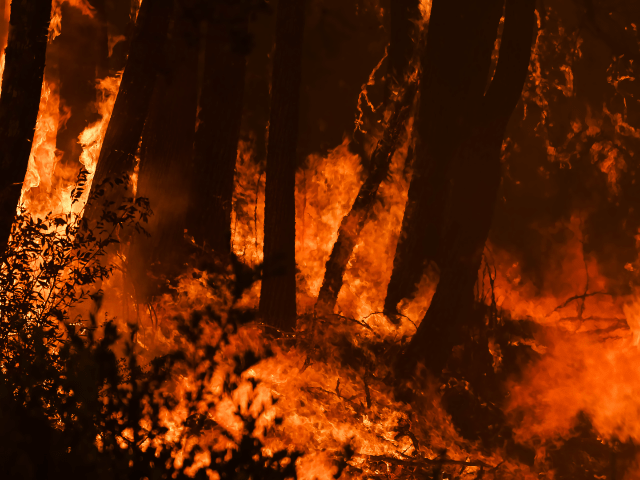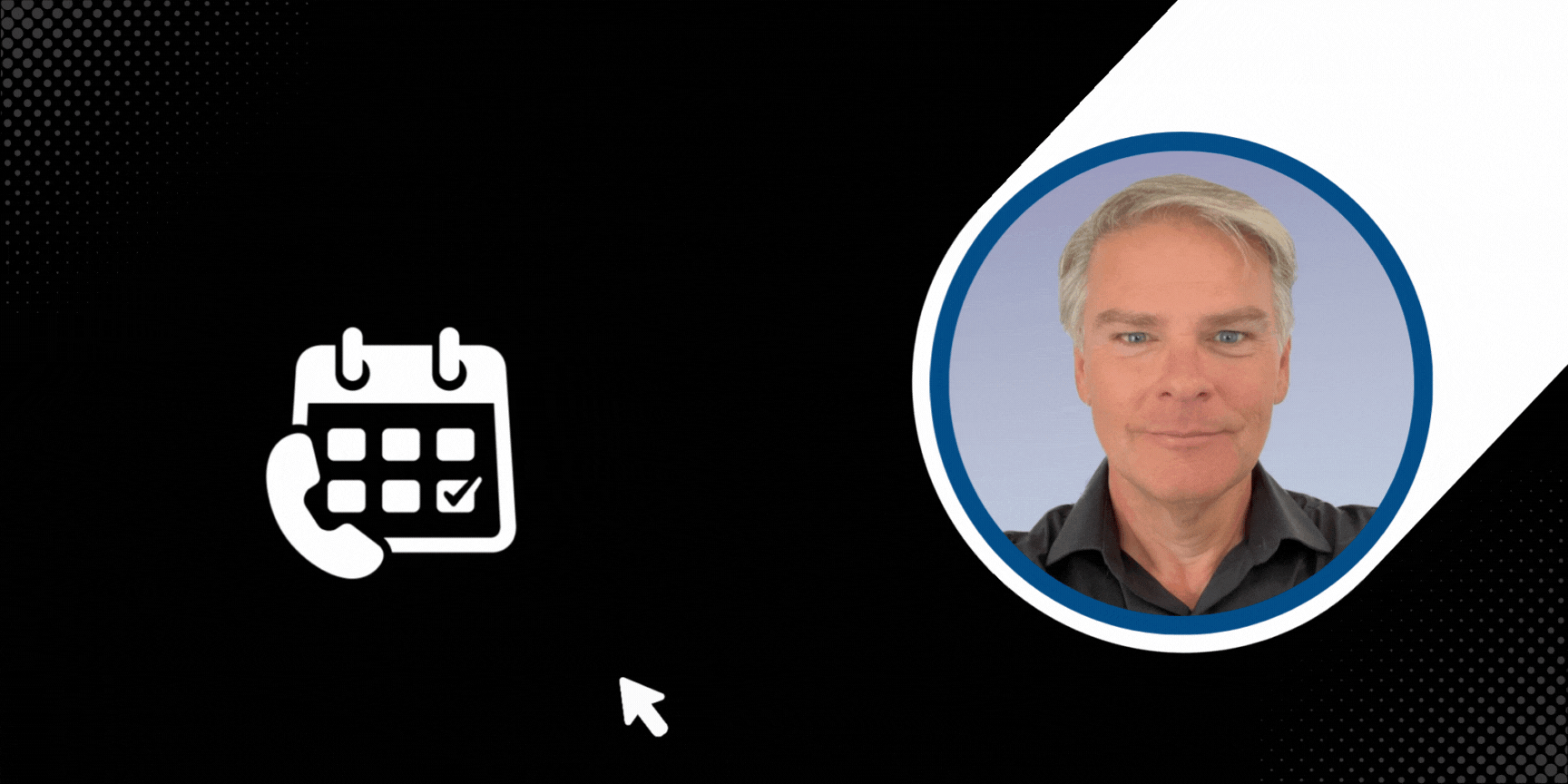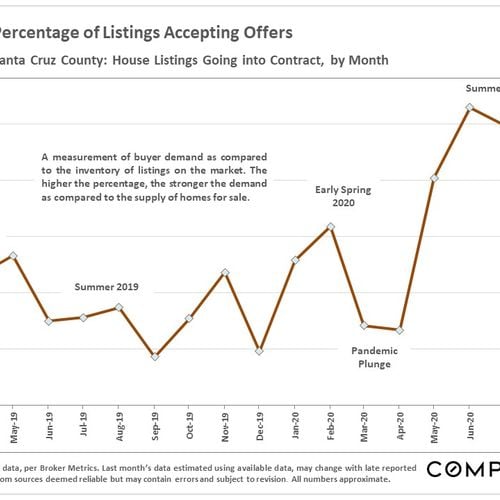It’s a sure bet that 2020 will go down in history for a number of reasons. Many people will think of COVID-19, of course – and the lockdown, economic tumult, soaring real estate prices, a tumultuous election, and so much more.
Out west, and particularly in California, 2020 will also be remembered for the horrific wildfires. Santa Cruz County was especially impacted, with nearly 900 homes lost to the contagion.
What many people may not be aware of is that even homes which aren’t in a forest can be at high risk for wildfire. There’s a perception that it’s the mountain communities – Boulder Creek, Brookdale, Ben Lomond, Felton, Scotts Valley, and Aptos, for example – which are most at risk, since these communities are heavily forested. It’s true that these areas are at an elevated risk, but many other towns are at significant risk as well.
Many neighborhoods are built in what’s known as a Wildland Urban Interface (WUI) area – zones where exurbs or suburbs meet wild areas which are prone to forest fires. Homes in WUI zones are also at a high risk – Santa Cruz County, for example, has the highest percentage of its homes in WUI zones in the entire state of California.
In October 2020, I hosted a webinar with the FireSafe Council of Santa Cruz County to do a webinar about “Home Hardening” – or how to better protect your home against the dangers of wildfires. The presentation was given by LizAnne Jensen with the FireSafe Council of Santa Cruz County.



